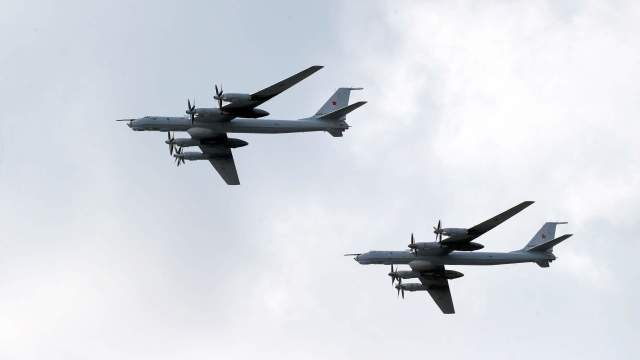Why do we need nuclear submarine hunters on the trade route
The Tu-142 ultra-long-range anti-submarine aircraft will be used to patrol the Northern Sea Route, sources told Izvestia in the Russian Defense Ministry. In addition to the main task of searching for nuclear submarines of a potential enemy, they will be able to monitor possible border violators and perform the functions of a search and rescue service — to provide assistance to those in distress. This is especially important given that the NSR has been used more and more actively in recent years. Experts note that the Tu-142 will be indispensable in the northern latitudes.
Different tasks
It is planned to involve Tu-142 aircraft from the Northern Fleet in work on the Northern Sea Route, sources told Izvestia in the military department. Their flight range allows them to completely "block" the route without landing. If necessary, they can be used for search and rescue operations and control over the water area. However, their direct purpose is to search for nuclear submarines of a potential enemy.
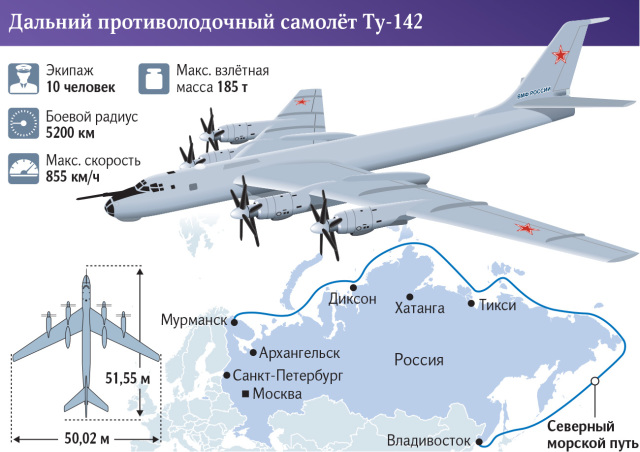
— Such patrols will be as effective as possible, — Honored Test pilot, Hero of Russia Igor Malikov told Izvestia. — These are our coastal territories, they need to be controlled. It's much easier with aviation. The Tu-142 is a successful machine, the potential of which has not yet been exhausted. All the objects floating there, including submarines, can be detected by these aircraft, they have all the means to do this. It is necessary to restore bases and infrastructure in the region. The Americans can potentially plan attacks from the north on the territory of Russia, so this direction must be covered.
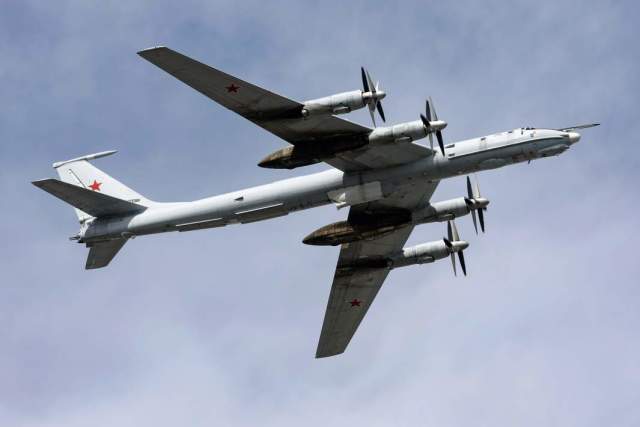
Photo: RIA Novosti/Vadim Savitsky
Image source: iz.ru
The expert noted that such aircraft will be indispensable for helping those in distress.
— Strengthening the search and rescue service in the region is necessary. The Northern Sea Route is being used more and more actively, you never know if some ship will collide with something or just break down. And the Tu-142 can get there very quickly. At least he will be able to dump food and tents," concluded Igor Malikov.
The Tu-142 is a large aircraft, sharpened for anti—submarine and search and rescue operations, it is capable of hanging in the air for a very long time, refueling in flight, military expert Dmitry Boltenkov told Izvestia.
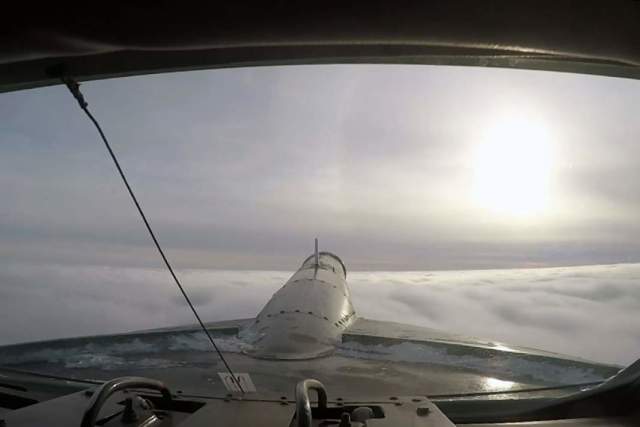
Photo: TASS/press service of the Northern Fleet
Image source: iz.ru
"The aircraft can operate from bases on the Kola Peninsula, in Vologda, safely cover the vast expanses of the Arctic Ocean and observe any activity on the Northern Sea Route with its equipment,— he explained. — This is necessary because the "partners" from unfriendly countries are actively trying to get in there. And we believe that the Northern Sea Route is historically our territory and we do not intend to let everyone there.
Ultra-long and ultra-precise
The long-range anti-submarine Tu-142 was originally designed to search for and destroy nuclear submarines. It can also be used for electronic reconnaissance. In NATO countries, the aircraft, developed back in the 1950s, received the designation "Bear".
The flight range exceeds 5 thousand km, so that it can not only make long flights, but also stay for a long time in areas patrolling enemy submarines.
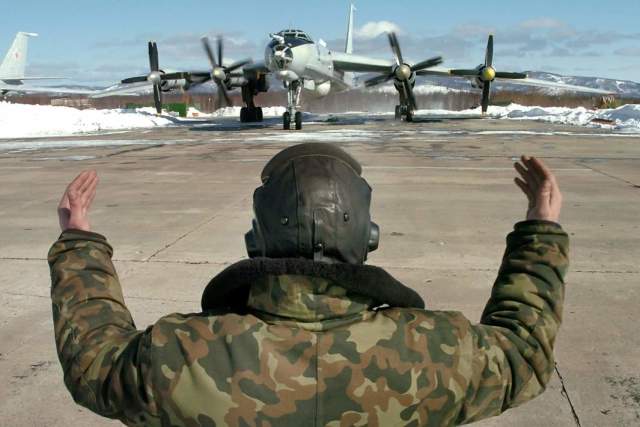
Photo: RIA Novosti/Vitaly Ankov
Image source: iz.ru
The aircraft was created on the basis of the Tu-95 turboprop strategic bomber. It can be distinguished from its progenitor by an elongated cabin with smoother contours — the necessary equipment was installed in the bow.
The Tu-142 is equipped with a two—story pressurized cabin, in the upper part of which the crew is located, and in the lower - technical compartments. The middle part of the fuselage is occupied by two armament compartments, which contain means for searching and hitting targets — acoustic beacons, torpedoes, missiles, mines, depth charges and conventional bombs. The aircraft can also carry up to eight anti-ship missiles. The crew consists of nine people. The combat load is more than 11 tons. In total, about a hundred Tu-142 of various modifications were built in 1968-1994.
A few years ago, the Tu-142 was upgraded — they were equipped with a high-precision sighting system SVP-24 "Hephaestus". It automatically calculates the flight path of the ammunition to the target. With it, the Tu-142 can track not only submarines, but also surface ships.
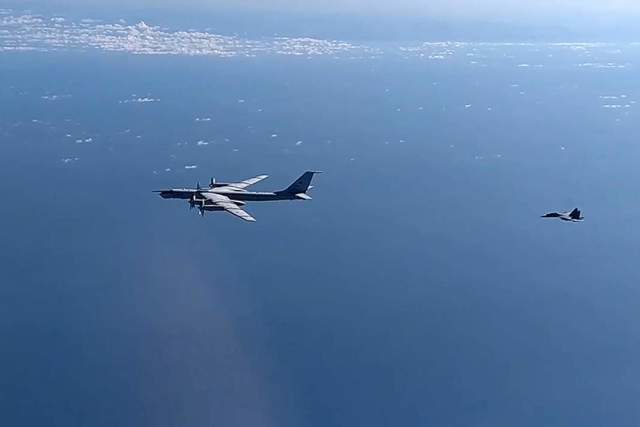
Photo: TASS/Ministry of Defense of the Russian Federation
Image source: iz.ru
Since the last decade, Russia has been actively building infrastructure in the Arctic and deploying forces to cover the Northern Sea Route. The joint strategic command "Northern Fleet" was created, equal in status to the military district. The Bal and Bastion coastal missile systems and air defense systems are located on the Arctic islands. The polar airfields have been reconstructed, and fighters are serving on them. In addition, the transfer of naval and land forces to the Arctic from other regions is regularly practiced. Along with the appearance of military bases in the region, a transport infrastructure is being built that will help use the Northern Sea Route for civilian needs.
In December, Izvestia reported that a mixed aviation corps had been formed as part of the Northern Fleet. One of its main tasks is to protect the Northern Sea Route from enemy air, land, surface and underwater forces. The corps included two fighter naval aviation regiments — the 279th and the 100th. As well as a mixed aviation regiment, it is armed with AN—12 and AN-26 transport aircraft and anti-submarine Il-38N.
The helicopter regiment, equipped with search-and-rescue and anti-submarine Ka-27, transport-strike Ka-29 and Mi-8AMTSh/MTV-5, also joined the corps. Aviation equipment of the mixed aviation corps has already started duty at Russian Arctic military bases. In particular, Su-33 and MiG-29KR fighters of naval aviation regiments perform tasks to cover the Northern Sea Route and other Arctic regions at the Rogachevo airfield on Novaya Zemlya.
Roman Kretsul
Alexey Mikhailov
Andrey Fedorov
